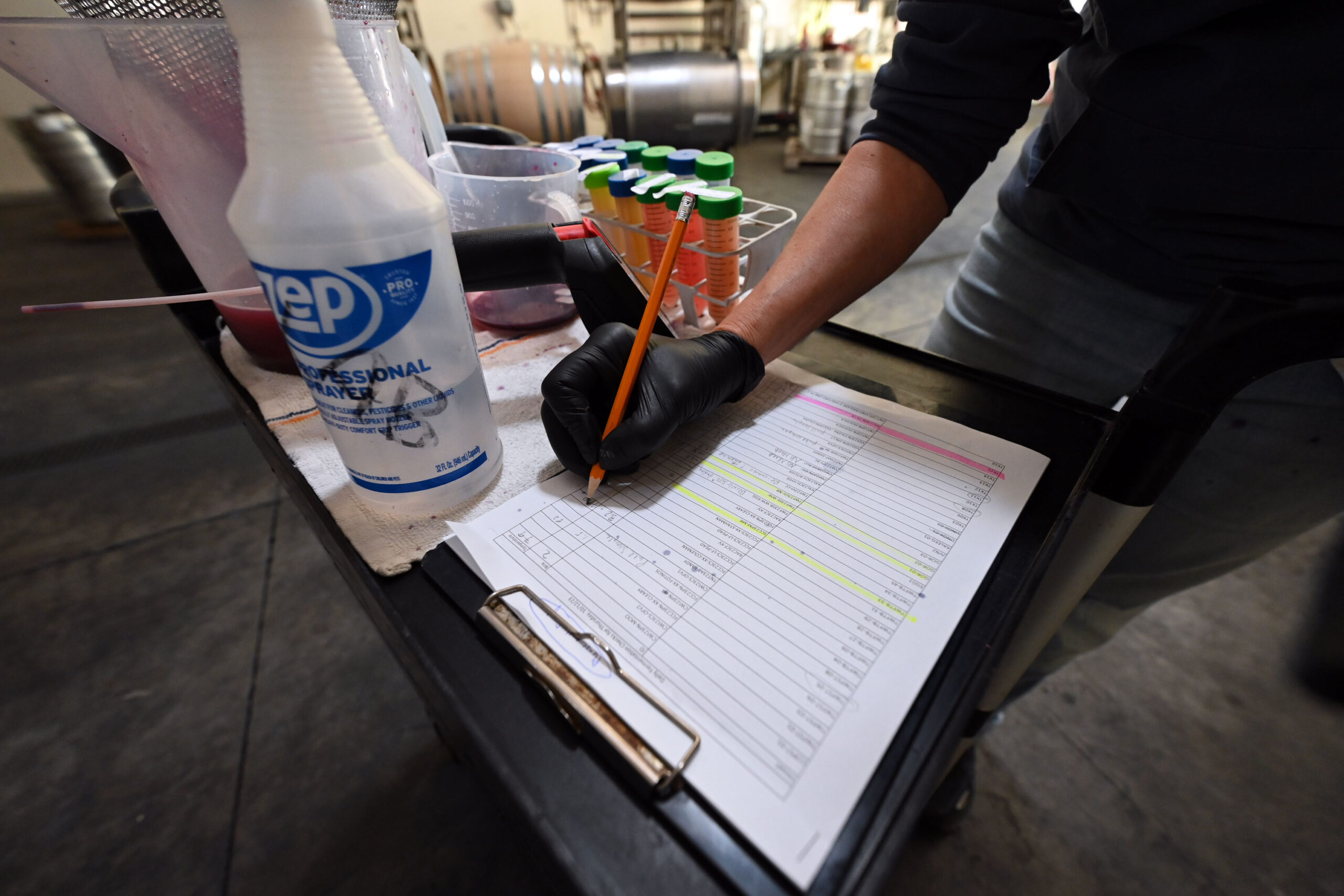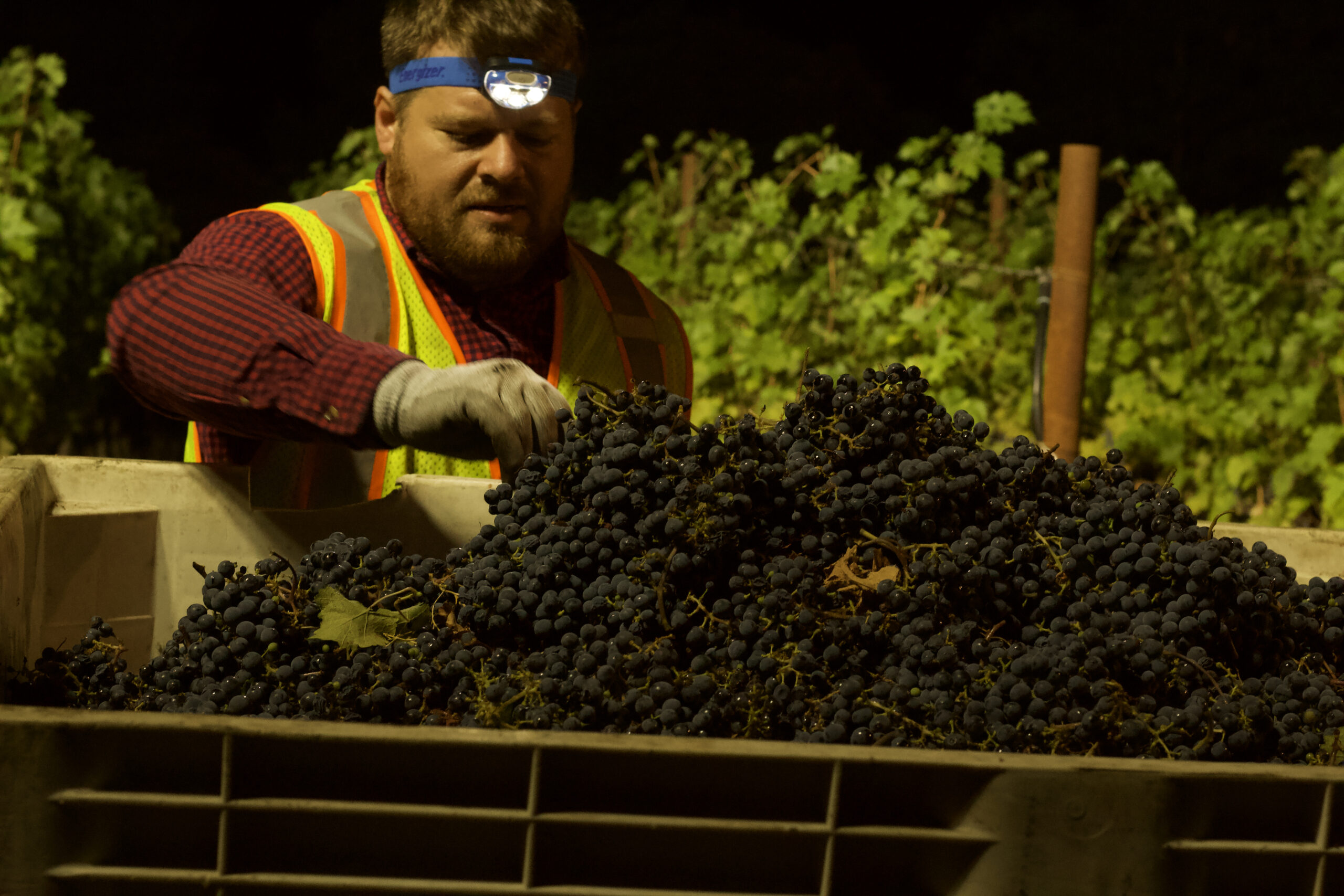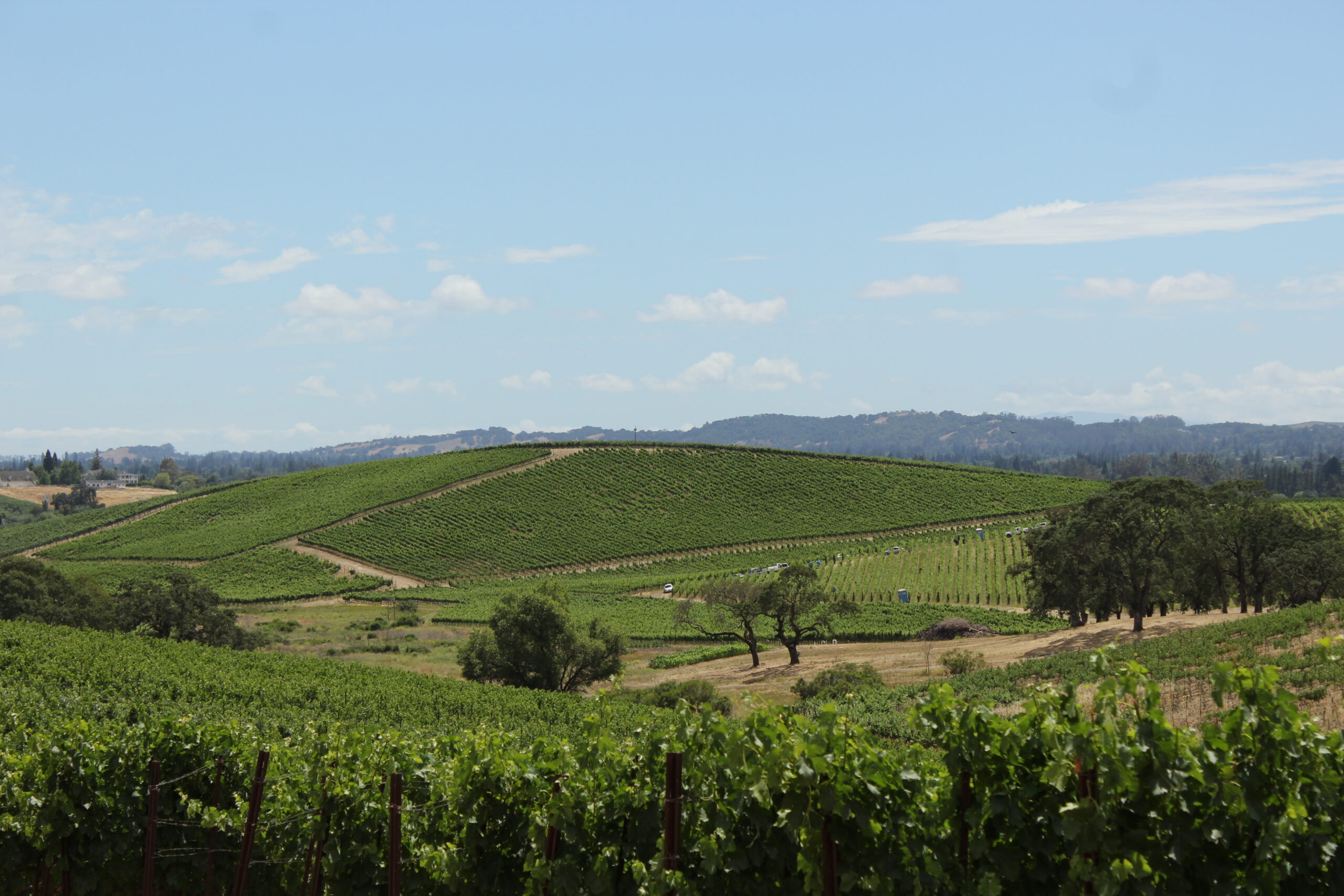Dear Cabby-
I’m worried about my girlfriend. Open any drawer and you’ll find an assortment of corkscrews, foil cutters and charms. For the most part, I’ve accepted her obsession with wine paraphernalia. However, yesterday, while cleaning, I found a wine aerator. When asked about it, she admitted using on a regular basis. Should I be worried?
Sincerely,
Worried in Waukegan
Dear Worried,
The wine industry offers a seemingly endless array of tools, gifts and gadgets designed to enhance our enjoyment and experience of the beverage. One may choose between a variety of electric and acoustic corkscrews, biodegradable charms, wipes to keep teeth free of stains and even special waters to rinse the palate. And, just as gassing & pumping systems are available which preserve open bottles by slowing the oxidation process, there are a number of aeration devices specifically designed to expose the wine to oxygen.
People often ask whether wine aerators really work. The short answer? Yes. It’s about oxygen. Swirling a glass exposes a greater portion of the wine’s surface area to air. Aeration causes volatile compounds to change as they are released and inhaled. And, since the vast majority of what we actually ‘taste’ is aroma, many attempt to accentuate the sensory experience of wine by swirling, decanting or utilizing bottle top aerators.
However, while aerators increase the surface area of wine, the question of whether they actually improve aromatics and texture more than swirling, decanting or pulsing the contents of a bottle in a blender is open to question.
It’s easy to judge for yourself. The following exercise is perfect for your wine tasting group or Friday afternoon wind down with office mates. Here, you’ll use different aeration methods to create a flight of wines as detailed below. If possible, run multiple trials by using a white wine and two red wines while ‘brown bagging’ each method to prevent preconception & personal bias from impacting results.
In one, pour the wine directly into a glass. In another, decant the wine immediately prior to pouring. For other glasses in the flight, try aerators available from producers like Vinturi, BevWizard or Soirée. Finally, in another glass, pour the contents of a bottle in a blender and pulse.
Obviously, with only a handful of tasters, your sample size will be small. However, even with the limited data, it’s fascinating to smell and taste the differences and chart the results of each aeration method.


